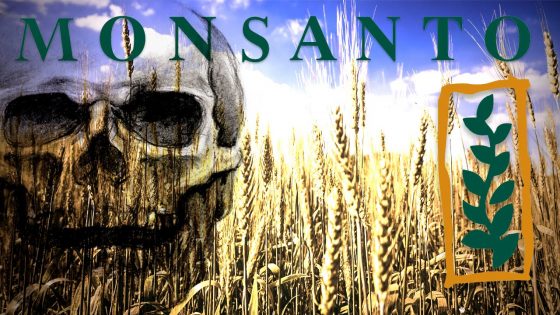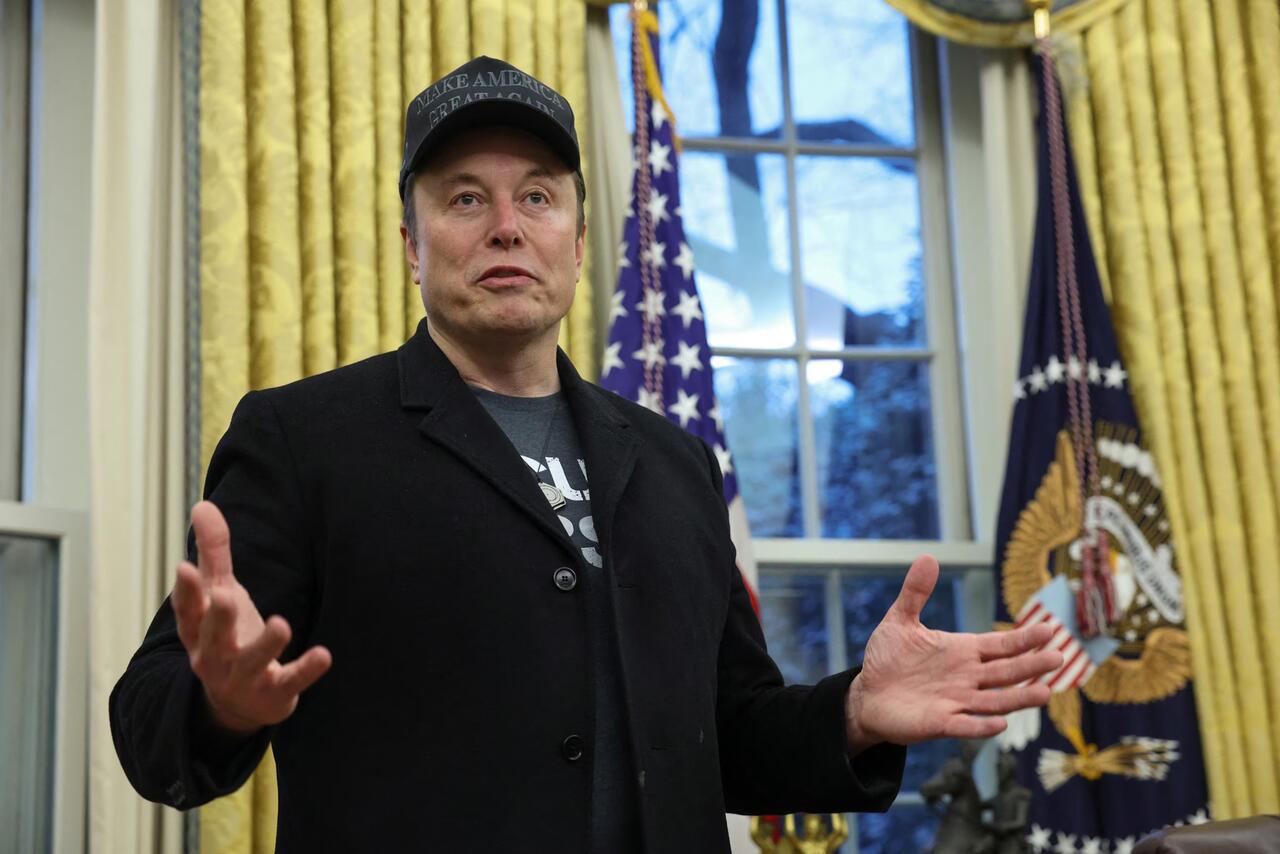
The embattled biotech company Monsanto will have to pay a hefty fine of $10 million for spraying a dangerous pesticide on “research crops” in Hawaii. Over 160 lbs if the pesticide used was stockpiled and sprayed even after it was banned by the US government.
Monsanto admitted that it used the pesticide containing methyl parathion, the active ingredient in Penncap-M, on corn seed and other crops on the Hawaii island of Maui back in 2014. The company also did this knowing that it was prohibited by the Environmental Protection Agency (EPA) the previous year. The controversial company told its employees to go back into the sprayed fields seven days after the toxic Pennicap-M was used, whereas the area should have been closed off for 31 days.
The US Justice Department, which investigated the case, said that over 72 kg (160 lbs) of the chemical was illegally stored at a company facility, endangering “the environment, surrounding communities and Monsanto workers.” Methyl parathion is fatal if inhaled and hazardous if swallowed.
Things are not looking up for Monsanto. The company has agreed to pay $10 million, which includes a $6 million criminal fine and $4 million in community service payments. The payoff is part of a deal by which federal prosecutors will dismiss felony charges against Monsanto in two years if it abides by the law.
This news comes as Monsanto faces a flurry of lawsuits over the potential hazards of its products. Just yesterday, Canadian lawyers launched a $500 million lawsuit against Monsanto and its owner, Bayer of Germany. It says Canadian plaintiffs affected by weed killer Roundup have been diagnosed with different forms of cancer, including brain and lung cancer. -RT
BUSTED! Monsanto Caught Writing Their Own Independent Safety Reviews
Last month, a lawsuit put together by Maui residents blamed birth defects on chemicals from Monsanto cornfields. The plaintiffs believe that multiple toxins were heavily sprayed to test the seeds on Monsanto fields near their homes, local media reported.
Lawyer: Monsanto Bullied Scientists And Hid Weedkiller’s Cancer Risks










0 Comments